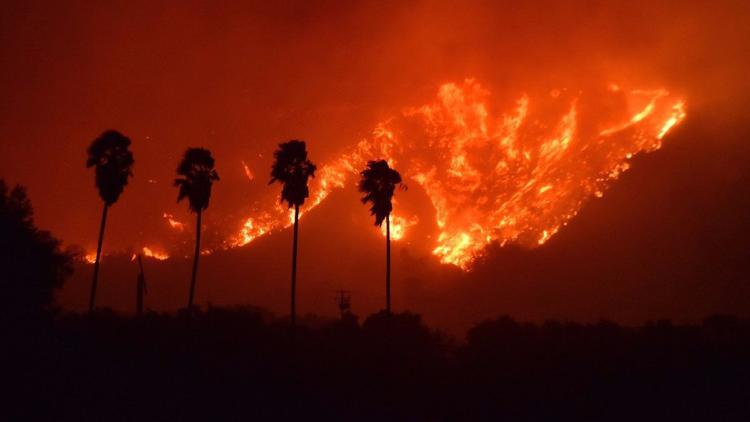Why Is Natural Gas Hard to Transport
Natural gas is a fossil fuel that is rapidly rising in popularity due to the fact that it burns cleaner than coal and oil. It comes from decaying plant and animal sediment that has been compressed under the heat and pressure of the Earth for millions of years. The carbon atoms in the sediment eventually break down and form gas, which rises to the surface of the Earth until it eventually meets an impermeable layer. It then gathers under this layer of earth and forms a reservoir or deposit. Humans have now developed the technology to dig down to these reservoirs and extract the natural gas, which is comprised mainly of methane, but also contains butane, propane, ethylene and other gases.
Methods of extracting gas from the Earth are numerous, but the most common are fracking and pumping it up through wells. Both have their advantages and disadvantages, but they both get the job done. Once the natural gas has been extracted from the ground, it needs to be purified before being shipped off to power our homes. This is where things become a bit complicated. Gas can either be transported in its gaseous state or it can be liquefied and moved as LNG (liquefied natural gas). LNG is the preferred state when shipping gas internationally as it takes up less room. Once it arrives at its destination it is turned back into gas (regasification) and is ready once again to be distributed.
Gas is distributed around countries through pipelines. There are three kinds of pipelines: gathering pipelines, interstate pipelines, and distribution pipelines. Gathering pipelines gather the raw natural gas from the wellhead and transport it to a processing plant. Interstate pipelines move the gas from these plants to the consumption centres. From there, the distribution pipelines take the gas to the end consumers. This description might make the whole system seem relatively simple, but there are a number of obstacles that need to be navigated during this process.
Natural gas needs to be highly pressurised in order to move through the pipeline. This means that compression stations need to be set up at regular intervals along the pipelines in order to re-compress the gas and send it on its way. As you might imagine, the setting up and running of these stations requires a vast amount of financial and human resources. Another issue with the transportation of natural gas is the possibility for things to go wrong. Gas leaks are serious business as natural gas is highly flammable. A leak that goes undetected can result in contamination of the surrounding area and even explosions.
The hope for many environmental activists is that natural gas will act as a bridge fuel as we move away from fossil fuels and towards renewable energy sources. However, there is an argument to suggest that the more we invest in pipelines, the more inclined we will be to look at natural gas as a permanent energy source. This may hinder our progress towards a renewable society. Nevertheless, the use of natural gas is notably better than depending on coal or oil so it is a step in the right direction. Let’s just hope scientists don’t lose sight of the end goal.
Gas is distributed around countries through pipelines. There are three kinds of pipelines: gathering pipelines, interstate pipelines, and distribution pipelines. Gathering pipelines gather the raw natural gas from the wellhead and transport it to a processing plant. Interstate pipelines move the gas from these plants to the consumption centres. From there, the distribution pipelines take the gas to the end consumers. This description might make the whole system seem relatively simple, but there are a number of obstacles that need to be navigated during this process.
Natural gas needs to be highly pressurised in order to move through the pipeline. This means that compression stations need to be set up at regular intervals along the pipelines in order to re-compress the gas and send it on its way. As you might imagine, the setting up and running of these stations requires a vast amount of financial and human resources. Another issue with the transportation of natural gas is the possibility for things to go wrong. Gas leaks are serious business as natural gas is highly flammable. A leak that goes undetected can result in contamination of the surrounding area and even explosions.
The hope for many environmental activists is that natural gas will act as a bridge fuel as we move away from fossil fuels and towards renewable energy sources. However, there is an argument to suggest that the more we invest in pipelines, the more inclined we will be to look at natural gas as a permanent energy source. This may hinder our progress towards a renewable society. Nevertheless, the use of natural gas is notably better than depending on coal or oil so it is a step in the right direction. Let’s just hope scientists don’t lose sight of the end goal.



Comments
Post a Comment